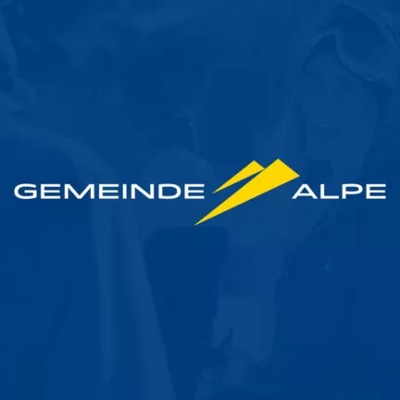Smart Pricer Leads On Dynamic Pricing, Puts Price Fairness In The Spotlight

Price, sales volume and costs, as a fixed component of the profit formula, are generally considered to be the three main drivers of profitability. By optimizing these factors, a company can maximize its profits and be successful in the long term. Price is undisputedly viewed by theory and practice as the most influential driver of profitability. Prices not only have a financial leverage effect on profits, but also an indirect influence on the price fairness perceived by customers.
Price fairness is the aspect of the customer's price perception and has been proven to have a high influence on:
- The customer’s perceived value
- Trust in the company
- Customer satisfaction
- The word-of-mouth behavior
- Willingness to pay
- Customer loyalty and
- Buying behavior.
Various influencing factors play a role here, including the price-performance ratio, past purchasing experiences, competitor prices and - last but not least - price transparency. All of these aspects in turn influence the brand image and are therefore important cornerstones for long-term success in the highly competitive winter sports sector.
Smart Pricer identifies three crucial aspects that need to be taken into account when optimizing the pricing strategy to ensure prices that are perceived as fair:
1. Price transparency has a significant impact on how customers perceive price changes. Transparency about how prices are set and which factors are taken into account shapes the perceived fairness of prices. The goal is for customers to understand why prices vary. They are then more inclined to view them as fair.
2. Communication: The way companies communicate prices can influence perceptions of price fairness and is directly correlated with transparency. Communicating the reasons for price changes helps to build customer trust and further improve their perception of fairness.
3. Meeting customer expectations: If customers expect prices to be stable and perceive sudden changes as unfair, this can negatively affect their perception of price fairness. Companies must consider their customers' expectations and ensure that their pricing meets those expectations.
"Smart Pricer takes these relationships into account when designing the pricing approach - individually for each mountain railway. Our goal is to optimize financial performance and ensure long-term customer loyalty and satisfaction for our ski areas."
The measures:
1. Clear communication that the price only increases in one direction contributes to transparency for customers. Customers learn that there are certain factors for price changes and why they occur. This in turn strengthens trust and supports their perception of price fairness.
2. Option 1: Communication of price caps - e.g. fixed cash tariffs. This enables mountain railways to achieve transparency in pricing and allows customers to decide (with full information - in contrast to airline tariffs, for example) whether to buy lift tickets at the current low online rate or at the cash desk.
3. Option 2: Creating price transparency when communicating "from prices" by graphically and textually displaying the current ticket price in comparison to the maximum price that was not communicated, as well as stating the availability of tickets at the current price level - implemented in this way, for example, in the Zermatt mountain railways' web shop













